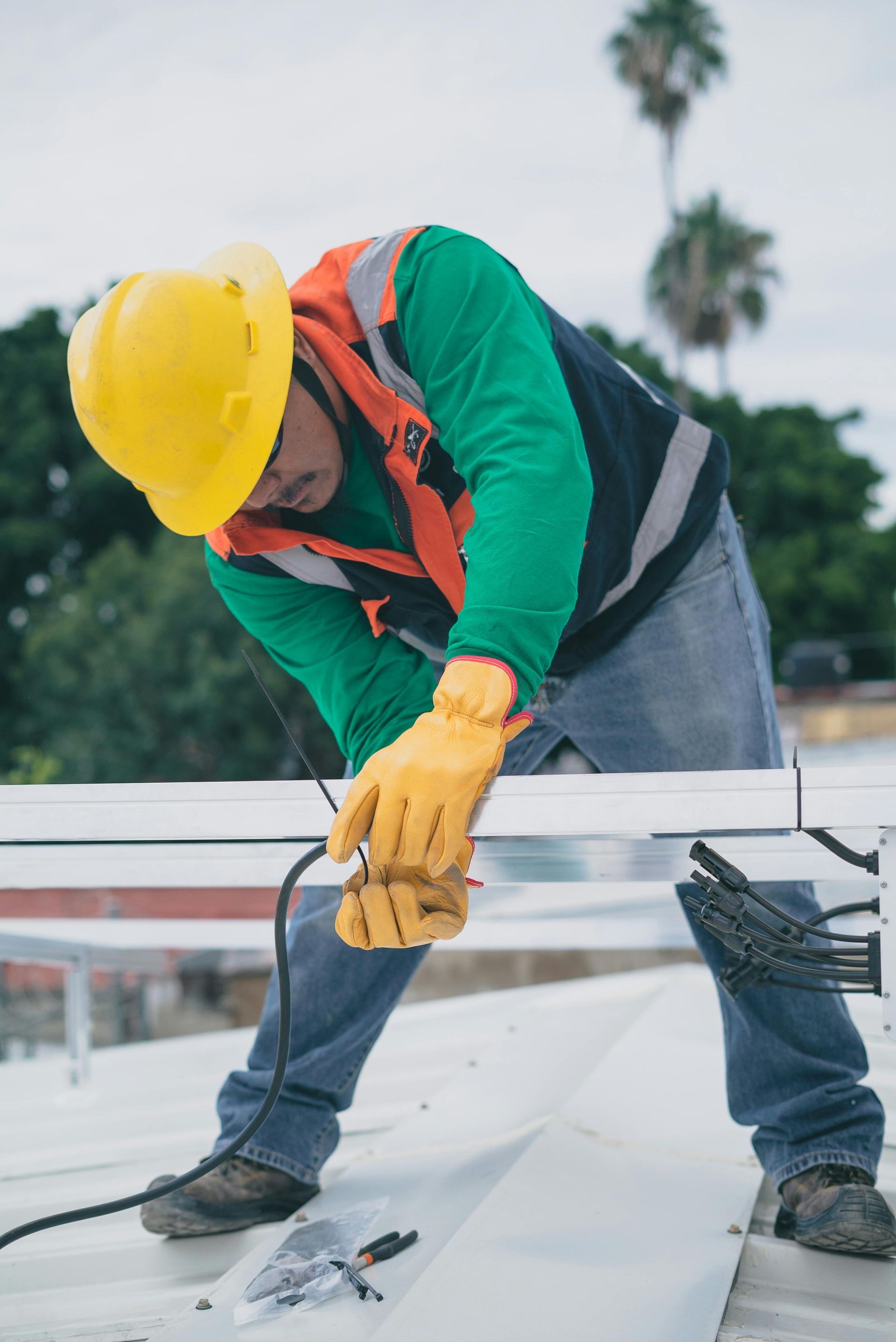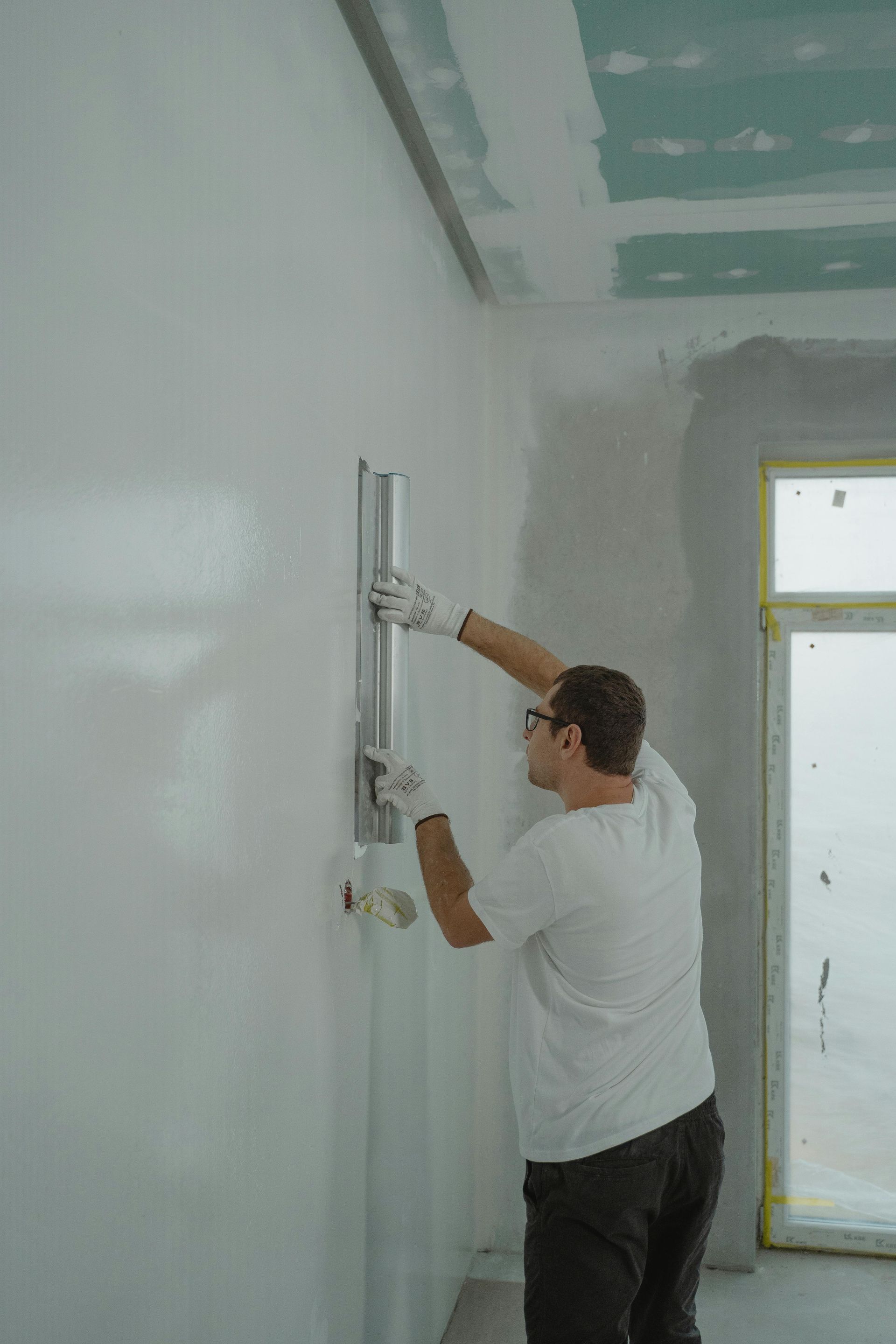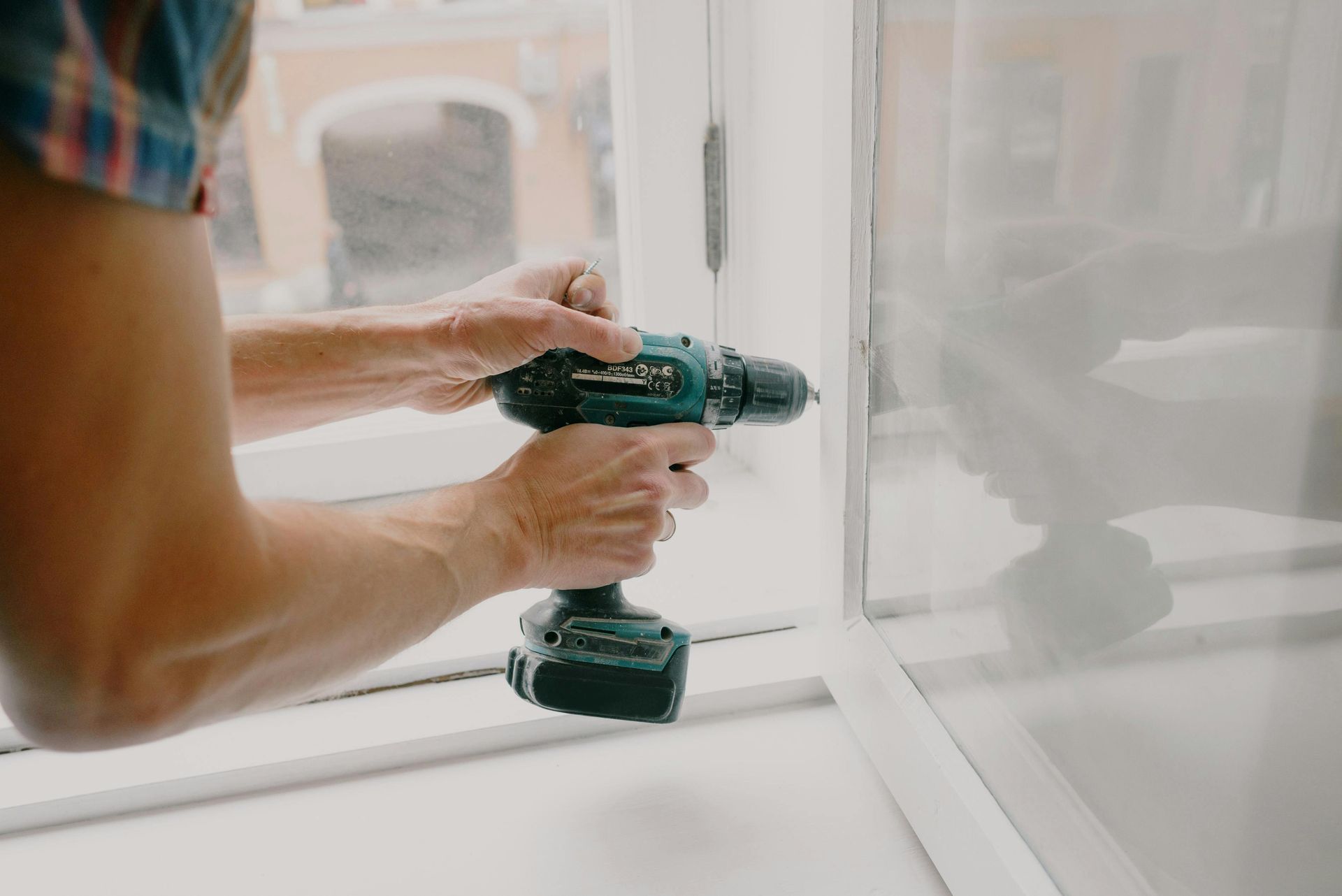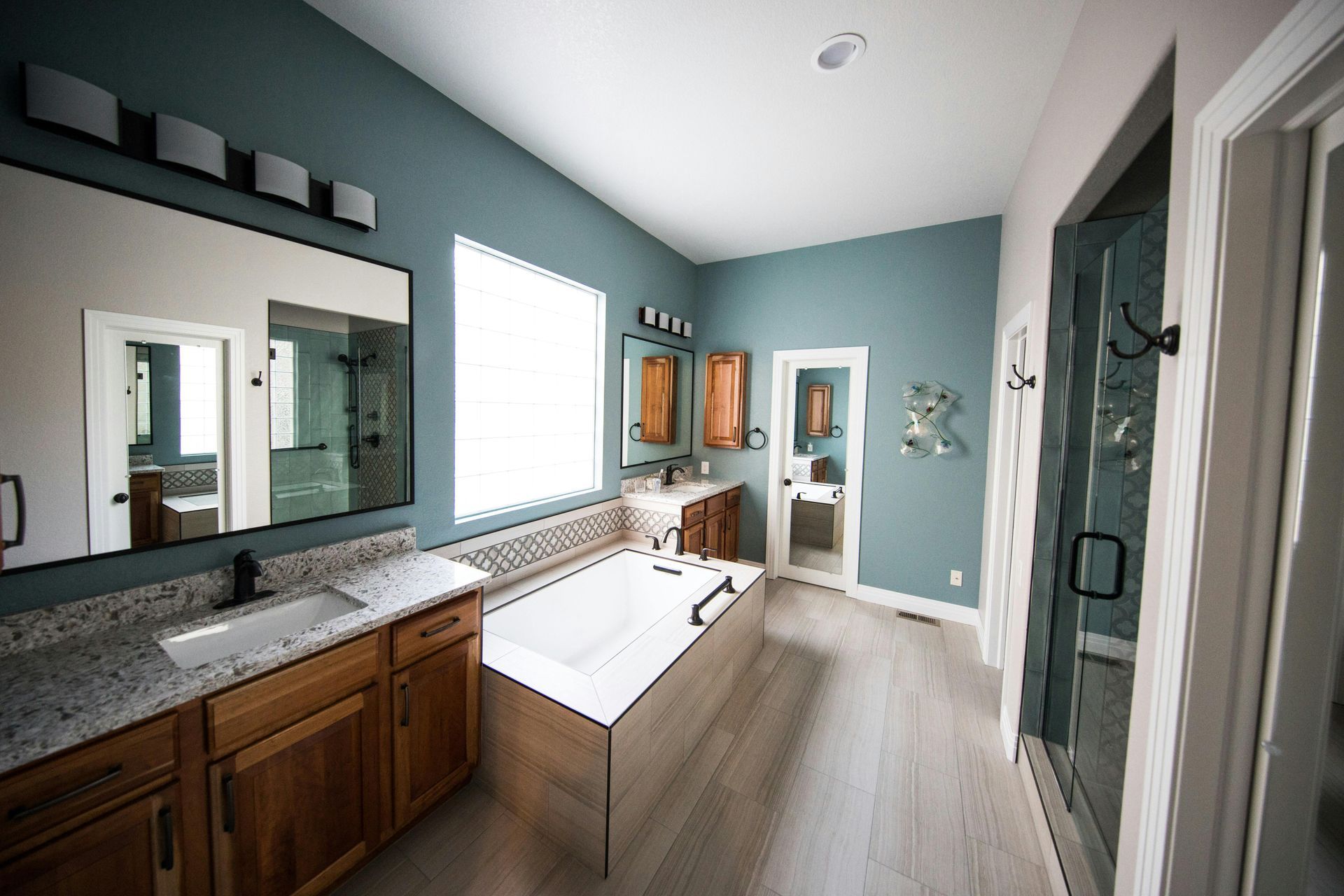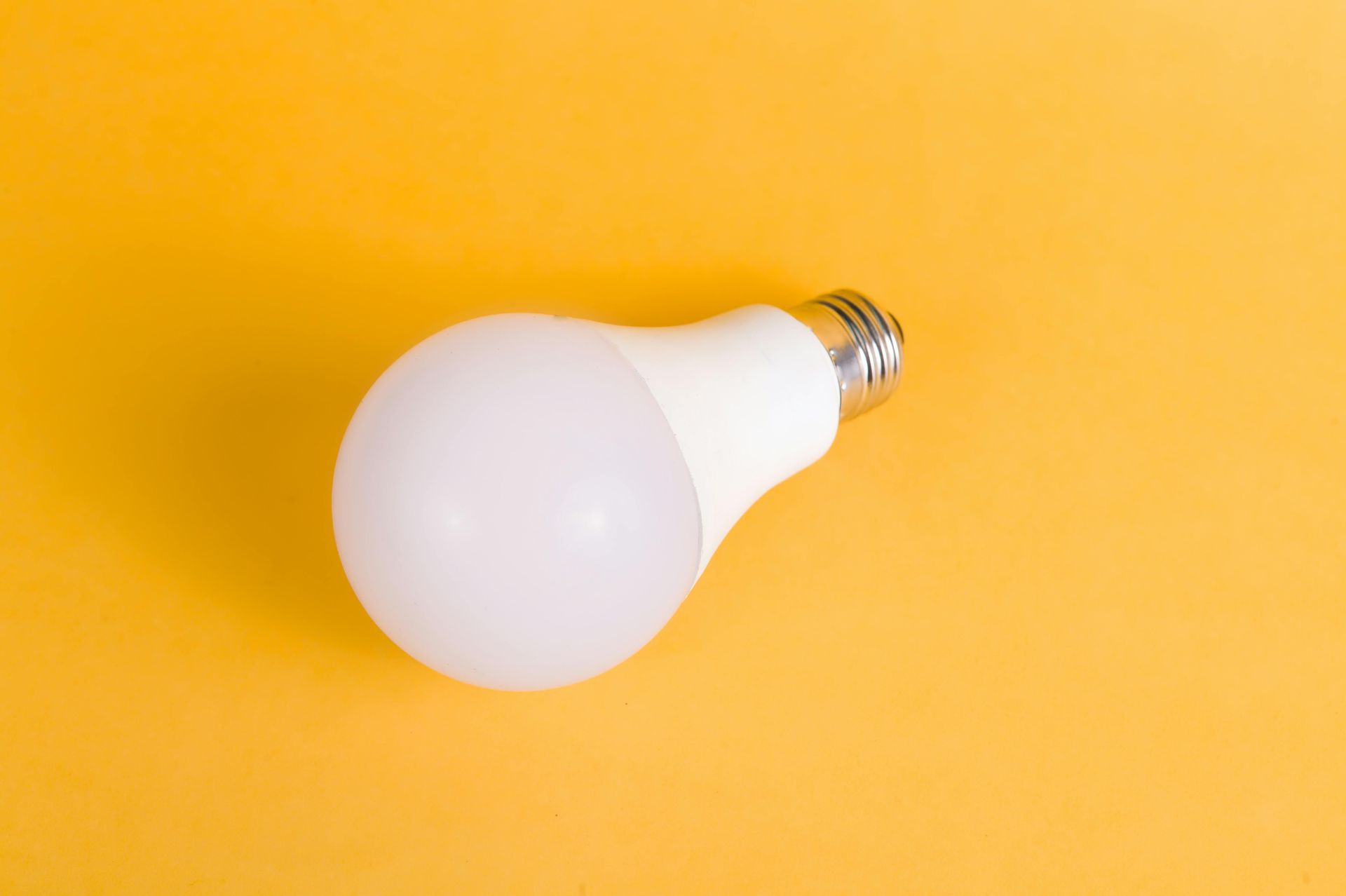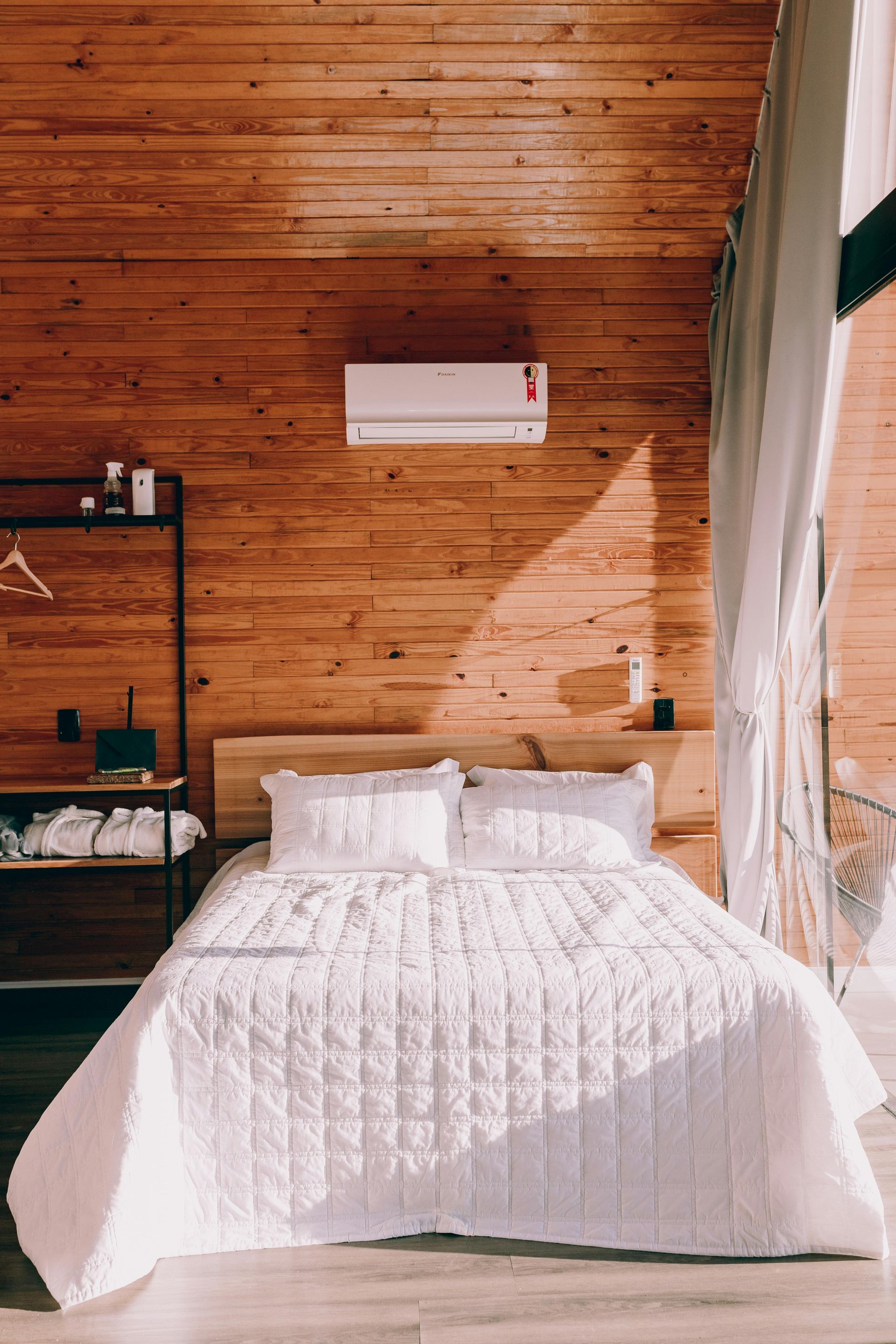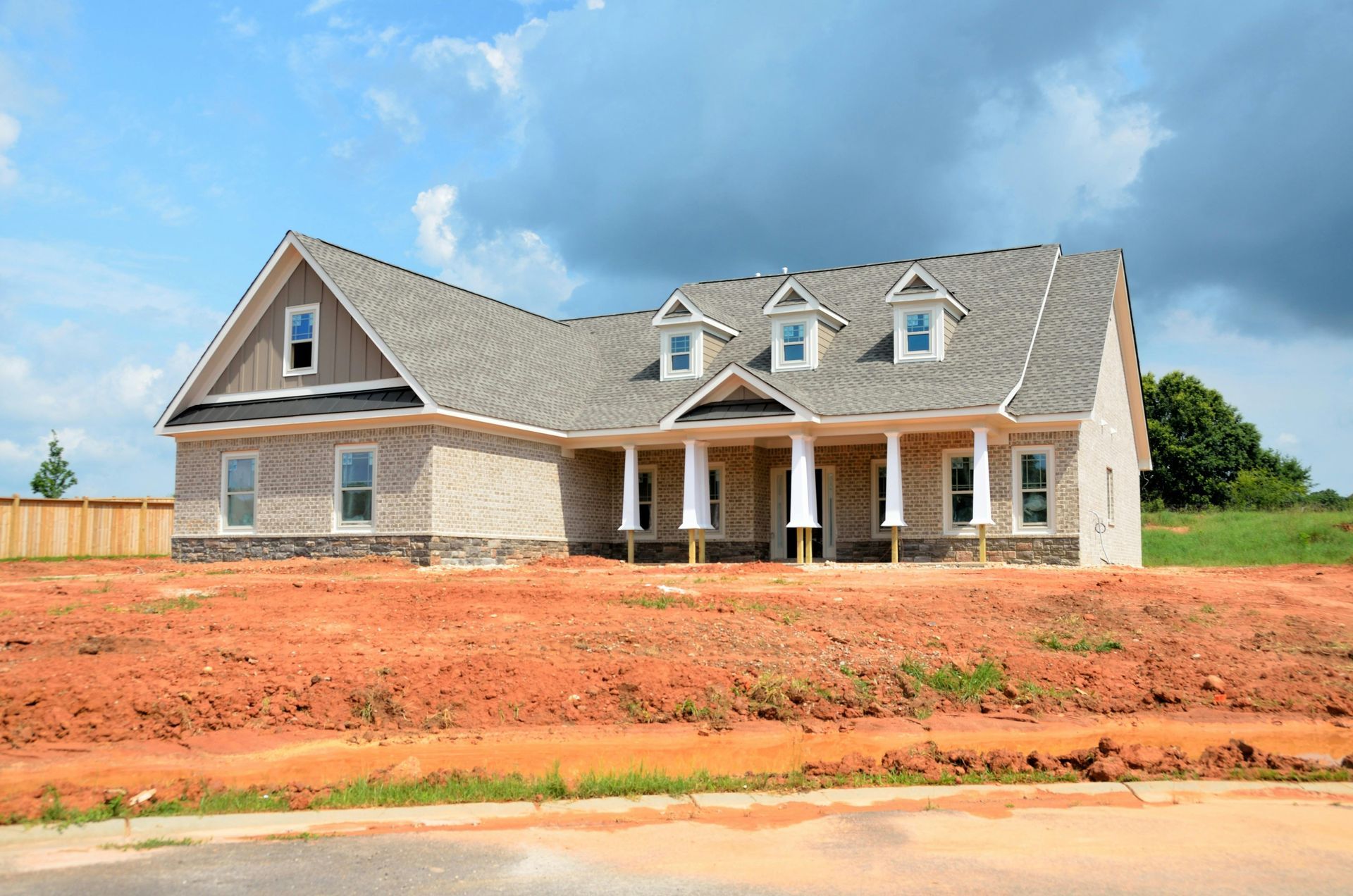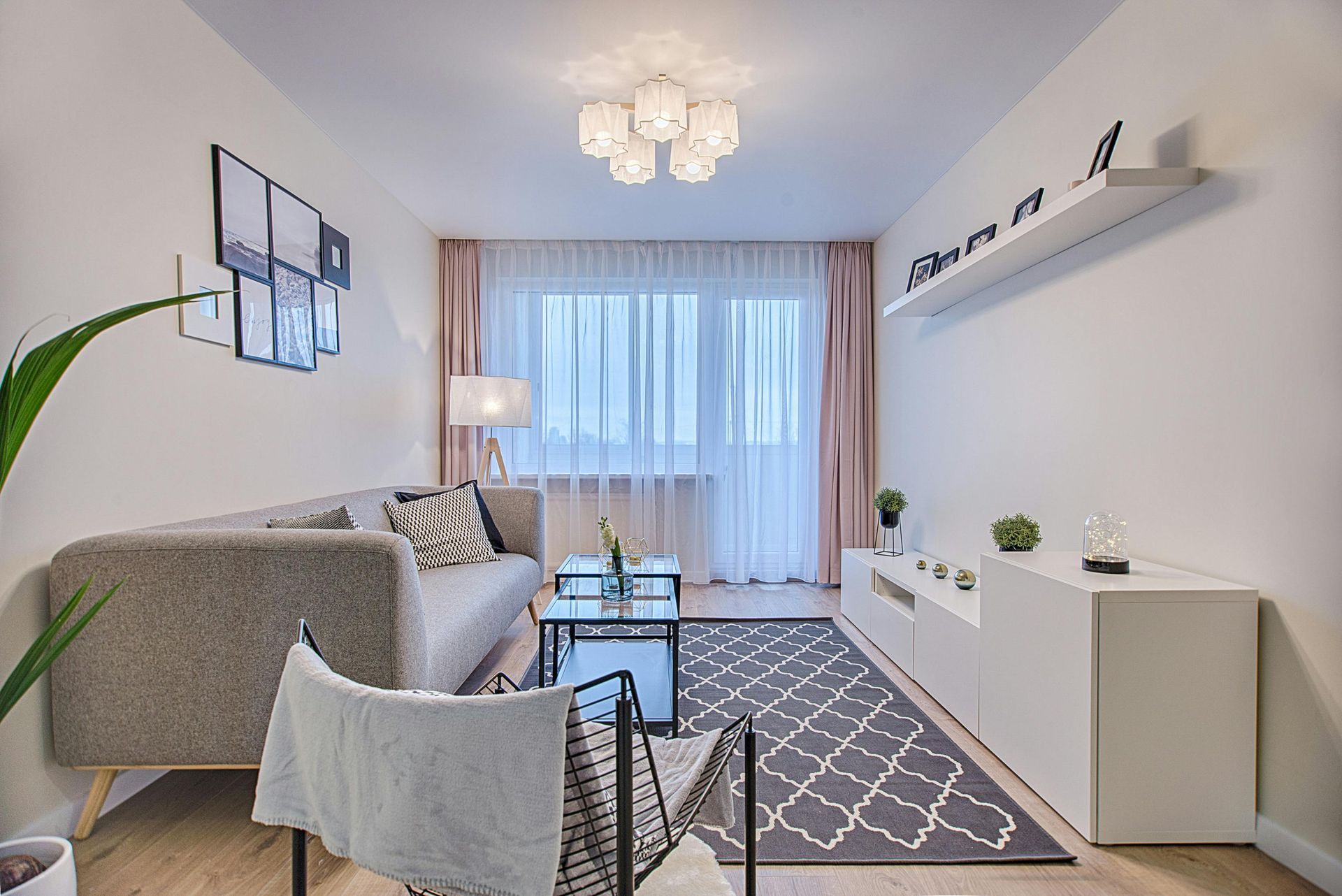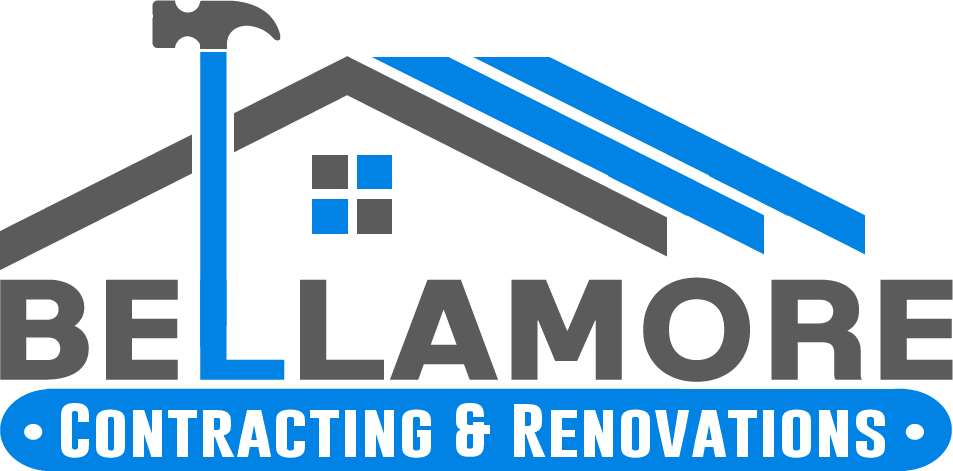Licensed (#RBC-21-01654) & Insured
Local References Available Upon Request
Licensed (#RBC-21-01654) & Insured | Local References Available Upon Request
Maximize Savings and Sustainability with Energy-Efficient Windows
Windows are more than just a way to bring natural light into a home—they play a crucial role in energy efficiency, comfort, and sustainability. Traditional windows can be a significant source of energy loss, allowing heat to escape in the winter and seep in during the summer. This inefficiency forces heating and cooling systems to work harder, driving up energy bills and reducing overall comfort.
Energy-efficient windows are designed to combat this problem, offering advanced technology that helps maintain stable indoor temperatures, reduce energy consumption, and enhance the overall quality of living spaces. Whether you’re looking to lower utility costs, protect your home’s interior, or minimize your environmental footprint, upgrading to energy-efficient windows is a decision that brings long-term benefits.
How Energy-Efficient Windows Work
Energy-efficient windows are engineered to minimize heat transfer, providing insulation that keeps warm air inside during colder months and prevents excess heat from entering during the summer. This is achieved through a combination of advanced technologies that work together to improve performance and efficiency.
One of the most critical features of energy-efficient windows is Low-E (low-emissivity) coatings, which are microscopic layers of metallic oxide applied to the glass. These coatings reflect infrared heat while allowing visible light to pass through, keeping indoor temperatures comfortable without compromising natural daylight.
Another key component is double or triple-pane glass, which consists of multiple layers of glass separated by insulating air or gas-filled spaces. These layers help to reduce heat transfer, making it harder for warm or cold air to move between the inside and outside of the home. For enhanced insulation, manufacturers often fill these spaces with argon or krypton gas, both of which provide better thermal resistance than regular air.
Insulated window frames also play a role in improving energy efficiency. Traditional window frames made from aluminum or poorly insulated materials can allow heat to pass through, reducing overall performance. Energy-efficient windows often feature vinyl, fiberglass, or composite frames, which provide better insulation and durability.
Improving Comfort and Indoor Climate
The benefits of energy-efficient windows extend beyond energy savings. These windows help eliminate drafts, cold spots, and temperature fluctuations, creating a more comfortable indoor environment year-round. No longer will homeowners need to place extra blankets near windows in the winter or struggle with rooms that become unbearably hot in the summer.
Energy-efficient windows also improve air quality and noise reduction. The additional layers of glass and insulating gases help block outdoor noise, making homes quieter and more peaceful. Whether living near a busy street, an airport, or a high-traffic area, homeowners will appreciate the reduced noise pollution that comes with these high-performance windows.
Another often-overlooked advantage is the protection against harmful UV rays. Direct sunlight can cause fading and damage to furniture, flooring, artwork, and other interior décor. Many energy-efficient windows come with UV-blocking coatings that help preserve the vibrancy of indoor furnishings while still allowing natural light to illuminate the space.
Cutting Energy Costs with High-Performance Windows
One of the primary reasons homeowners consider upgrading to energy-efficient windows is the potential for cost savings. By reducing heat loss and minimizing reliance on HVAC systems, these windows can significantly lower monthly energy bills.
For homes with outdated single-pane windows, the difference is particularly dramatic. Studies have shown that replacing single-pane windows with ENERGY STAR-rated energy-efficient models can save homeowners up to 30% on heating and cooling costs. Even for homes with older double-pane windows, modern energy-efficient replacements provide enhanced insulation that can make a noticeable difference in energy consumption.
In addition to lower utility bills, many homeowners may also qualify for tax credits, rebates, or energy incentives when they choose to install energy-efficient windows. These programs are designed to encourage sustainable home improvements and can help offset the initial investment. Before making a purchase, it’s worth checking local and federal energy efficiency programs to see if financial incentives are available.
Choosing the Best Energy-Efficient Windows for Your Home
Not all energy-efficient windows are created equal, so selecting the right model for your home requires some consideration. Factors such as climate, home design, and budget all play a role in determining which windows will provide the most benefit.
Single vs. Double vs. Triple Pane
- Single-pane windows are the least energy-efficient and are rarely recommended for new installations.
- Double-pane windows provide solid insulation and are the most common choice for energy-conscious homeowners.
- Triple-pane windows offer the highest level of insulation, making them ideal for extreme climates where temperature fluctuations are significant.
Frame Materials
- Vinyl: Affordable, low-maintenance, and provides excellent insulation.
- Fiberglass: Durable, resistant to weathering, and offers superior energy efficiency.
- Wood-Clad: Provides insulation benefits but requires more maintenance to prevent moisture damage.
- Aluminum: Strong and long-lasting but less energy-efficient unless paired with thermal barriers.
Glass Coatings and Technologies
- Low-E coatings help reflect heat and improve insulation.
- Tinted or reflective coatings reduce glare and heat gain in sunny climates.
- Impact-resistant glass adds durability and protection against extreme weather.
Installation and Long-Term Performance
Proper installation is just as important as choosing the right energy-efficient windows. Even the best windows won’t perform optimally if they are not installed correctly. Gaps, poor sealing, and misalignment can lead to air leaks, reducing the efficiency and effectiveness of the windows.
Professional installation ensures that the windows are correctly fitted, properly sealed, and maximized for energy performance. When working with an experienced contractor, homeowners can expect airtight installations that prevent drafts, condensation issues, and structural damage caused by improper fitting.
Once installed, routine maintenance helps ensure the longevity of energy-efficient windows. Cleaning the glass regularly, checking the seals for leaks, and keeping window tracks free of debris all contribute to maintaining peak performance for years to come.
The Environmental Impact of Energy-Efficient Windows
Upgrading to energy-efficient windows is not just about personal comfort and savings—it’s also a step toward a more sustainable future. Reducing household energy consumption leads to lower carbon emissions, which helps combat climate change and lessen dependence on fossil fuels.
Additionally, some energy-efficient window options incorporate recycled materials and eco-friendly manufacturing practices, further contributing to environmental conservation. Sustainable materials, responsible production processes, and long-lasting durability mean that these windows have a lower overall environmental impact than traditional options.
Common Myths About Energy-Efficient Windows
Despite their proven benefits, some homeowners hesitate to invest in energy-efficient windows due to common misconceptions.
One myth is that they’re too expensive, when in reality, the long-term savings on energy bills often outweigh the initial cost. Many homeowners find that their investment pays for itself over time, especially when factoring in rebates and incentives.
Another myth is that only cold climates benefit from energy-efficient windows. While these windows do help retain heat in the winter, they also prevent excessive heat from entering in the summer, making them beneficial in all climates.
Finally, some believe that all energy-efficient windows look the same, but modern advancements allow for a wide variety of styles, finishes, and customization options. Homeowners can find windows that complement their home’s aesthetic while still providing energy savings.
Why Energy-Efficient Windows Are a Worthwhile Investment
Investing in energy-efficient windows is a smart decision for homeowners looking to improve comfort, reduce energy costs, and contribute to a greener future. These windows provide insulation, soundproofing, and UV protection while offering a sleek, modern appearance that enhances home value.
With a variety of designs, materials, and efficiency levels available, there’s an energy-efficient window solution for every home. Whether replacing outdated windows or choosing windows for a new build, prioritizing efficiency can lead to long-term financial and environmental benefits.
Making the switch to energy-efficient windows is more than just a home improvement—it's a commitment to sustainability, comfort, and a better living environment. Homeowners looking to take advantage of these benefits should consult with a professional to explore options and find the best fit for their needs.


